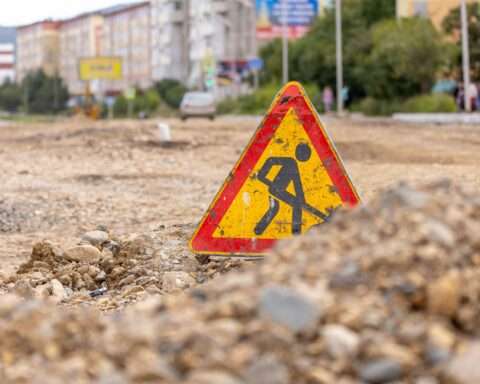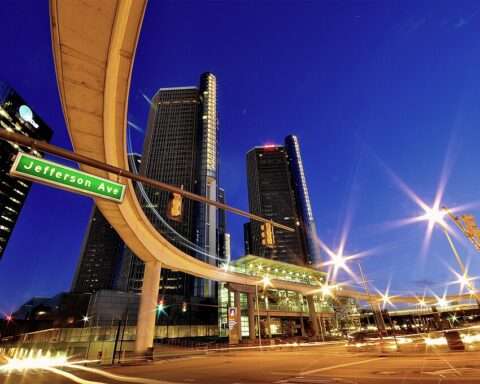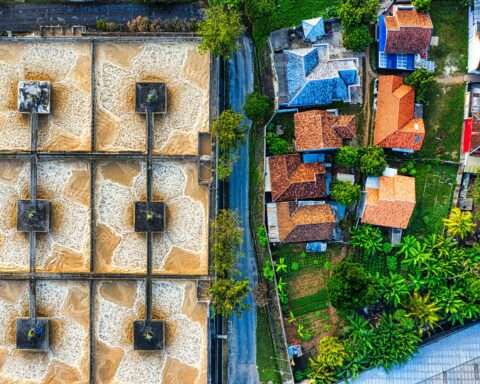The New Jersey Turnpike Authority is spearheading a modernization and safety program to rebuild the Newark Bay-Hudson County Extension in four staged projects.
The 8.1-mile extension opened in 1956 and spans from Interchange 14 in Newark to Jersey Avenue in Jersey City. It serves as a vital evacuation route for New Jersey. The bridges in this area cannot be rehabilitated because of deteriorating conditions under the surface, making them unsuitable to bear weight for much longer.
The highest priority project is the replacement of 16 bridges from Interchange 14 to Interchange 14A, which includes Newark Bay Bridge. The replacement project will involve constructing two cable-stayed bridges alongside the existing 70-year-old structure.
This phased strategy aims to minimize disruption to drivers, communities and the environment. The new bridges will provide four lanes of traffic in both directions, enhancing safety and capacity and are expected to have a service life of 150 years.
Parsons Corp. will partner with the New Jersey Turnpike Authority to be the final designer for the Newark Bay Bridge replacement. The project is in the preliminary design phase and is expected to conclude by 2037.
“As a leader in complex bridge design and delivery, we are excited to partner with the New Jersey Turnpike Authority to assure driver and community safety, provide a more efficient and resilient transportation network and deliver infrastructure that will serve the community’s needs for years to come,” Mark Fialkowski, president of Infrastructure North America for Parsons, said in a statement.
Projects 2 and 3 won’t begin until 2031 and 2032, respectively. Project 2 focuses on interchanges 14A to 14B and will replace the viaduct and roadway with three lanes in each direction.
Project 3 will address interchanges 14B to Columbus Drive, also rebuilding the viaduct with three lanes on each side. They are expected to finish construction by 2040.
Project 4 is the second highest priority because of the significant maintenance needed from Columbus Dr. to Jersey Avenue. Estimated to begin next year, the project will replace the two existing lanes with a viaduct structure and additional shoulders. It is expected to conclude by 2036.













